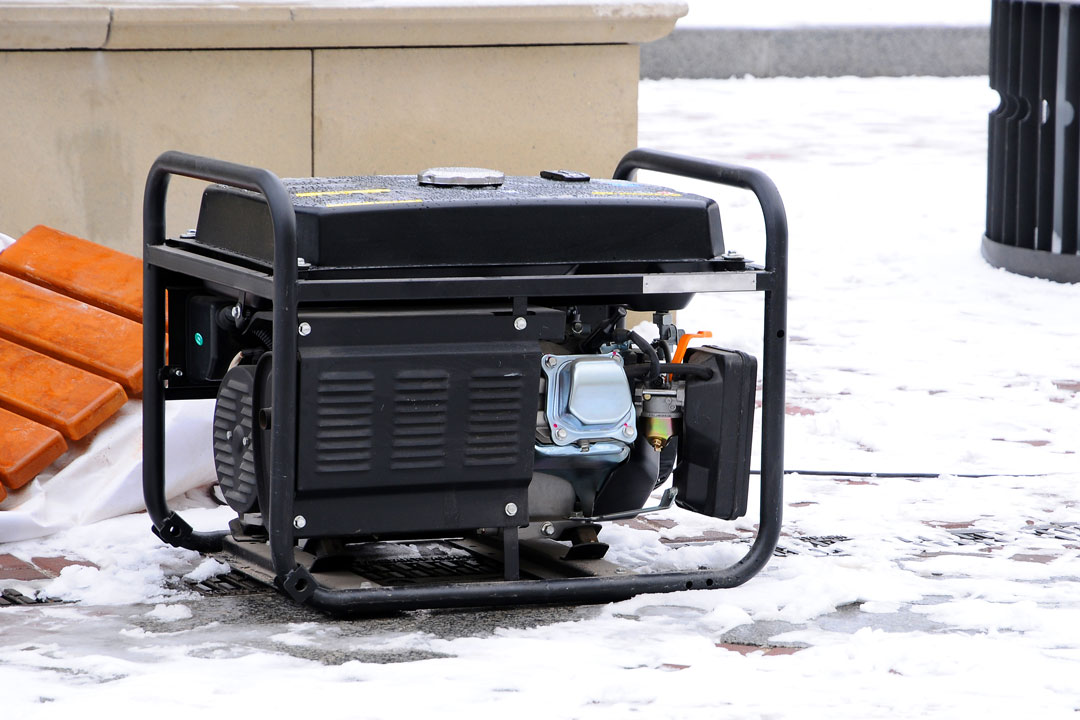So when the power goes out, you don’t freak out. You just go to the generator that you purchased months ago, with the confidence that you’ll have lights and running appliances in a few minutes.
But what do you do when the generator just won’t start? Extremely cold temperatures make just about everything malfunction, including the generator that you so badly need.
Knowing how to start a generator in cold weather will save you an avoidable headache. Keep reading for some basic tips on how to avoid this scenario and what to do when your generator still won’t start.
Prevent the Problem
Before the dead of winter hits and subzero temperatures threaten your power source, perform basic maintenance tasks on your generator. You want to ensure that when the power goes out, you’re ready. Begin with these basic steps.
Read the Manual
Begin at the beginning by reading your user’s manual. Make this a discipline by reading every page like your life depends on it, because it may. Seek to understand the procedures including how to start the generator when cold temperatures assault you.
Pay special attention to the troubleshooting section of the manual, and prepare yourself for the things that could go wrong. This way you’re not panicking when the generator won’t start as the temperatures begin to drop.
Protect the Generator
While you may run your generator outside, you should not store your generator outside. If you do not have space in your basement or home, cover the ventilator and put it in a storage shed away from the elements.
Protect your generator’s battery by bringing it inside. Store it at an optimum temperature to help it maintain a charge without a specific battery charger.
If you’re using a portable generator, you will want your storage area to be different than the running area. When the power goes out, make sure you position your generator in a place with plenty of ventilation so you do not cause undue harm to yourself or your family.
Use Fresh Fuel
If your generator has sat with fuel in the tank for a year, you need to siphon out the gas and start with fresh fuel. Gas that sits in a tank for as few as 30 days can corrode the fuel lines. Do not leave fuel in your generator after you have used it, and always put fresh fuel in before you use it.
Corrosion can cause problems with your carburetor which will compromise the function of your generator. If you do not use fresh fuel and instead attempt to use old fuel currently in the generator, not only will your generator not start, but you may end up needing an entirely new unit.
How to Start a Generator in Cold Weather
What do you do if you’ve done everything perfectly but the portable generator still won’t start? Extremely cold weather wreaks havoc on all things mechanical, including generators. These basic steps will help you when your home generator won’t start in the dead of winter.
Change the Oil
Oil is the lifeblood of your engine. It keeps the engine running smoothly. Extreme cold will thicken the oil and make starting the generator more difficult.
When you’re using your generator in the summer, you can use SAE 10W-30 oil. But in the coldest of weather, the 10W-30 thickens, making pull starting the generator a nearly impossible task.
A lighter-weight oil such as a synthetic SAE 5W-30 works better in a generator in the cold because it flows through the engine more quickly in cold weather.
Heat Things Up
Keep your generator warm by using a block heater. This will keep the oil thinner and keep your engine constantly warm. Run the heater a few hours before you fire it up.
If you sense the power will go off because of inclement weather, you can prepare by plugging in the heater.
Adjust the Choke
Inverter and recoil-start only generators may only need a thinner oil to start efficiently. If you have an electric start generator with an automatic choke, though, you should consider adjusting the choke.
Factories pre-set the choke for what most people call cold weather. When you experience extremely cold weather, though, the factory-set choke may not suffice. You need to manually adjust the choke to stay open longer.
When the choke is open longer, the engine receives the fuel it needs to start.
Test the Digital Control Panel
If your generator has a digital control panel, the severe cold can cause a malfunction. The panel may not light up or even turn on. As a result, you won’t be able to read the gauges.
Stay away from older models with digital control panels. Newer models are more likely to function in extremely cold weather.
Check Your Fuel
While you may have fresh fuel as recommended above, you still may need an additive to get your generator going. A basic additive will prevent diesel from gelling and absorbing water in a gasoline tank to keep the gasoline pure. As a result, your generator will start more easily and run more smoothly.
Stay Warm, Stay Safe
When the power goes off during your next cold snap, you can be ready by knowing how to start a generator in cold weather. Check your oil and fuel and plug in your block heater. In the meantime, spend an evening reading your owner’s manual so you’re fully prepared for old man winter’s next blizzard.
Do you need a generator? We can help. Check out our selection of generators today. Our brands will work for both remote power needs as well as localized emergencies.
We carry a large inventory of generators as well as the tools that keep generators running smoothly regardless of the weather. Contact us today and let us know how we can help you with your next home project.

